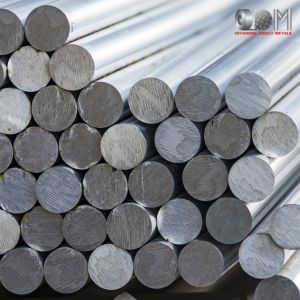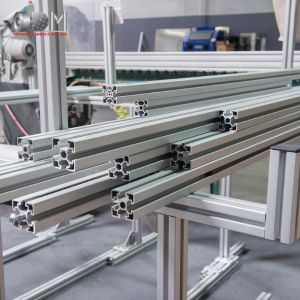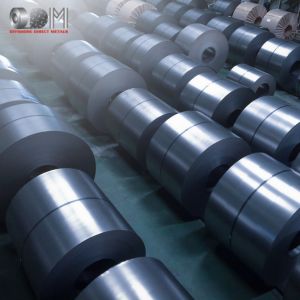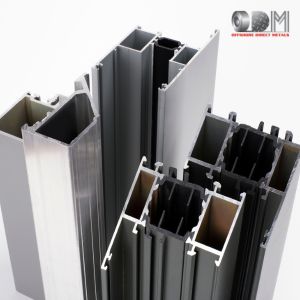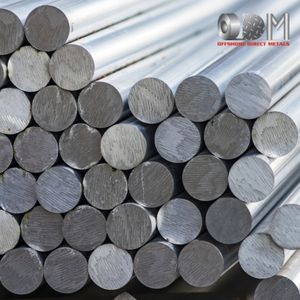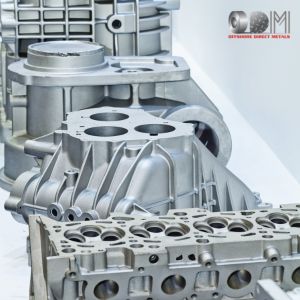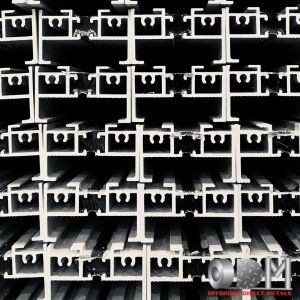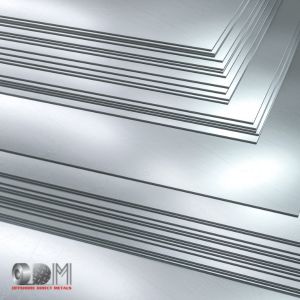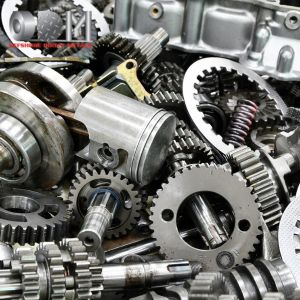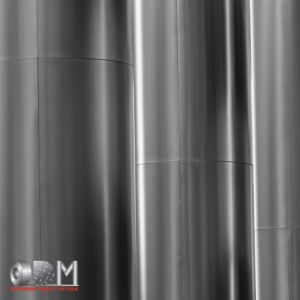With high-quality aluminum extrusion suppliers, precision is important to attaining durable and reliable results. From architectural frames to car parts or electronic casings, tight tolerances allow each component to fit and perform as it should. The correct method and materials, including aluminum sheets and CNC-machined parts, are crucial for minimal error and peak performance. If your business...
Read MoreIn the world of modern manufacturing, aluminum extrusions and aluminum coils are critical materials used to power industries such as construction, automotive, and aerospace. Recognized by their strength, lightweight design, and resistance to corrosion, these materials must be produced with precision to exacting standards. Production challenges can clearly dampen quality and efficiency, wasting...
Read MoreWhen it comes to choosing an appropriate material for production or construction, the choice is typically either aluminum or steel. While both are strong and reliable, aluminum coils have come into popularity quite fast as the default choice for everyday constructions because of their lightweight but incredibly strong and flexible nature, corrosion resistance, and higher flexibility. Coupled with...
Read MoreWhen you’re working on a project that demands strength, flexibility, and efficiency, the right materials make all the difference. That’s why custom aluminum extrusions, aluminum coils, and painted aluminum coils are becoming a go-to solution across industries. These materials don’t just provide superior durability; they also deliver cost savings and faster turnaround. For reliable sourcing...
Read MoreDesigning with aluminum has no limits when it comes to strength, versatility, and aesthetics provided that you design your extrusion the right way. Whether you're designing architectural frames, automotive parts, or electronics enclosures, you must understand the most critical design parameters to save time and minimize expenses.
Read MoreWhen you order CNC-machined parts, planning and accuracy are important. It doesn't matter if you are producing aerospace components, custom aluminum castings, or intricate shapes from custom aluminum extrusions suppliers; the quality of the final product depends significantly upon how you approach the ordering process.
Read MoreCustom aluminum extrusions are today the preferred choice of manufacturers, builders, and designers across all industries. With custom aluminum extrusions suppliers, organizations can have solutions that are designed to their specific needs, with reduced waste, optimum performance, and improved efficiency. When paired with quality aluminum sheets, these products allow even more versatility in...
Read MoreWhen building, fabricating, or manufacturing, selecting the right aluminum sheets is crucial to the success of your project. With the multiple grades, thicknesses, and finishes, the wrong selection can lead to durability issues, poor performance, or unnecessary expense.
Read MoreIn today's competitive manufacturing, reducing waste is not only a cost-cutting endeavor; it's about efficiency and sustainability. For large operations, material waste adds up quickly, especially with generic parts that require extreme alteration. This is where it is worth using custom aluminum extrusions suppliers. Through leveraging precision-engineered parts and effective sourcing,...
Read MoreAs the construction industry adjusts to demands for speed, sustainability, and affordability, modular construction is gaining popularity at neck-breaking speed. The pulse of the revolution is driven through greater use of lightweight extrusions, aluminum-based ones in particular. Since more interest is expressed in applying sustainable materials, aluminum extrusion suppliers are becoming integral...
Read More
 1.855.272.3889
1.855.272.3889  1.365.697.5889
1.365.697.5889 